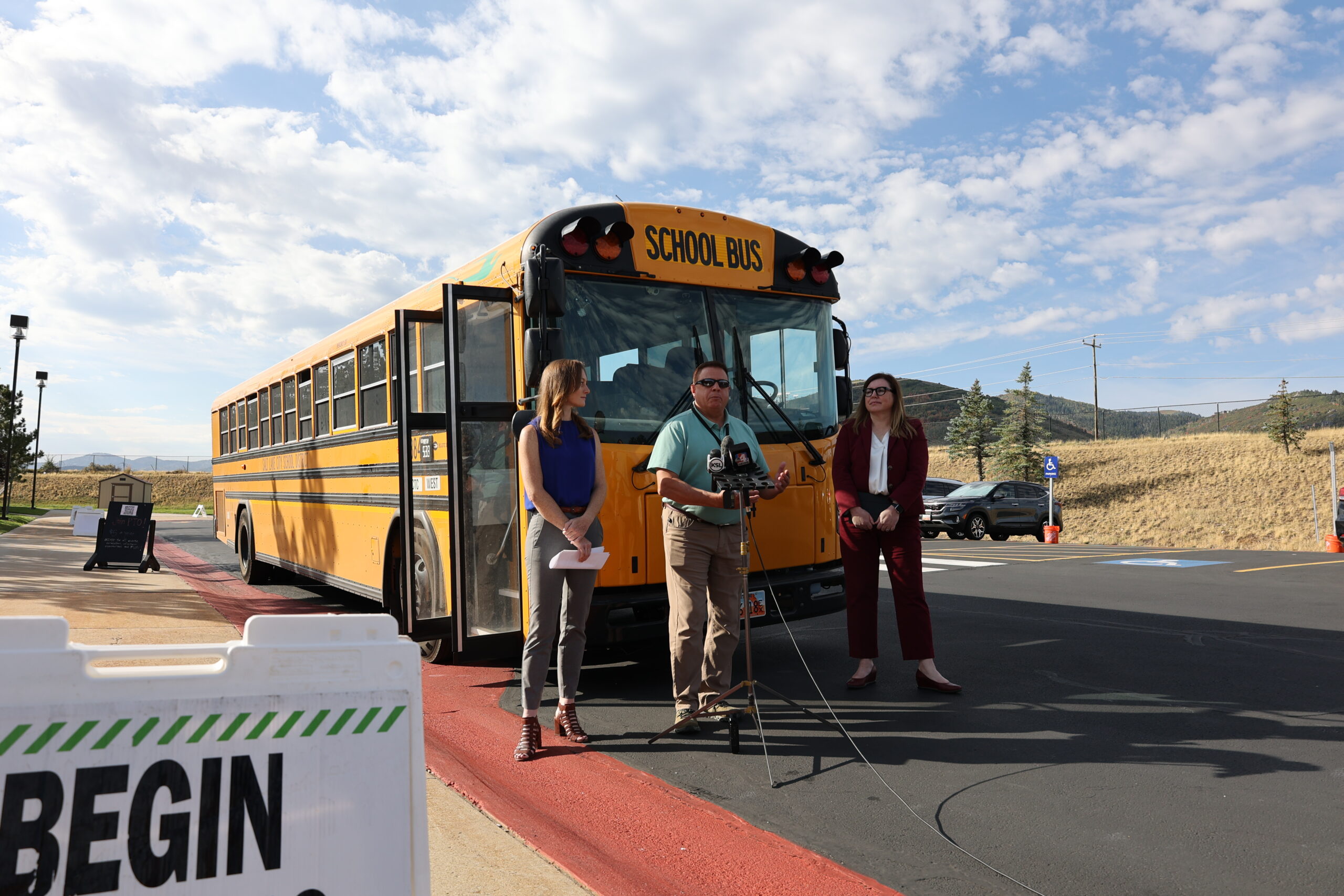Politics
Biden Administration announces $18.9 million in funding for Utah water decontamination projects

Lake Powell from above. Photo: Rainer Krienke
SALT LAKE CITY – On Monday, February 13, the U.S. Environmental Protection Agency (EPA) announced $18,914,000 in funding from President Biden’s Infrastructure Law, intended to address emerging contaminants, like Per- and Polyfluoroalkyl Substances (PFAS) in Utah’s drinking water.
Often referred to as “forever chemicals,” PFAS are characterized by their persistence in groundwater, surface water, soil, and can be ingested by and build up inside humans and animals. According to the CDC’s Agency for Toxic Substances and Disease Registry, ‘most people’ in the U.S. have been exposed to PFAs and have PFAs present in their blood.
The funding for Utah’s water decontamination efforts come from President Biden’s $1 trillion Infrastructure Bill, which was enacted in November 2021. The Infrastructure Bill will invest $5 billion over five years to help communities that are on the frontlines of PFAS contamination.
The funds will be utilized by states and territories to invest in infrastructure and source water treatment for pollutants such as PFAS and other emerging contaminants, as well as to conduct water quality tests.
“The EPA is delivering on its strategic commitment to address PFAS and emerging contaminants with more than $85 million for infrastructure projects that will safeguard Utah’s drinking water for years to come,” said KC Becker, EPA regional administrator. “These funds will help water providers invest in treatment technologies and solutions to contamination concerns in the communities that need them most.”
The investment, which is distributed to various states and territories, will be made available to communities through grants such as the EPA’s Emerging Contaminants in Small or Disadvantaged Communities (EC-SDC) grant program. The program is intended to promote access to safe and clean water in small, rural, and disadvantaged communities.
“Too many American communities, especially those that are small, rural, or underserved, are suffering from exposure to PFAS and other harmful contaminants in their drinking water,” said Michael Regan, EPA administrator. “We are investing in America and providing billions of dollars to strengthen our nation’s water infrastructure while safeguarding people’s health and boosting local economies.”
The Utah Department of Environmental Quality (DEQ), released an environmental report in 2019 related to PFAs in Utah’s drinking waters:
“Prior to monitoring for PFAS, DEQ and Utah Department of Health (DOH) staff developed an action plan based on EPA recommended health advisory limits for PFOS and PFOAS of 70 parts per trillion (ppt) and related limits for several PFAS developed by the Agency for Toxic Substances and Disease Registry,” the report said. “In all circumstances, the results fell well below all advisory limits for the PFAS measured. This indicates low risk for human exposure to PFAS through drinking water in Utah. In most cases, the results were below the method detection limit (MDL) or were reported between the MDL and the method reporting limit (MRL).”
Although the DEQ found limited amounts of PFAs in drinking water, the department is still monitoring statewide water supplies. The DEQ’s PFAS monitoring activities in Utah include broader monitoring of drinking water sources, analysis of fish and waterfowl tissue, and municipal wastewater sources.
While Utah does not have any known manufacturers of PFAs, the contaminant is still present in many products and areas around the state. The major sources of PFAS contamination in drinking water, groundwater, soils, and air include industrial sites, landfills, wastewater treatment plants, and fire training/fire response sites.
Appreciate the coverage? Help keep Park City informed.
TownLift is powered by our community. If you value independent, local news that keeps Park City connected and in the know, consider supporting our newsroom.


















